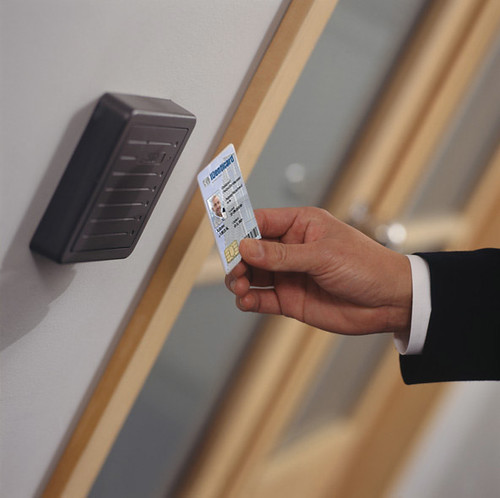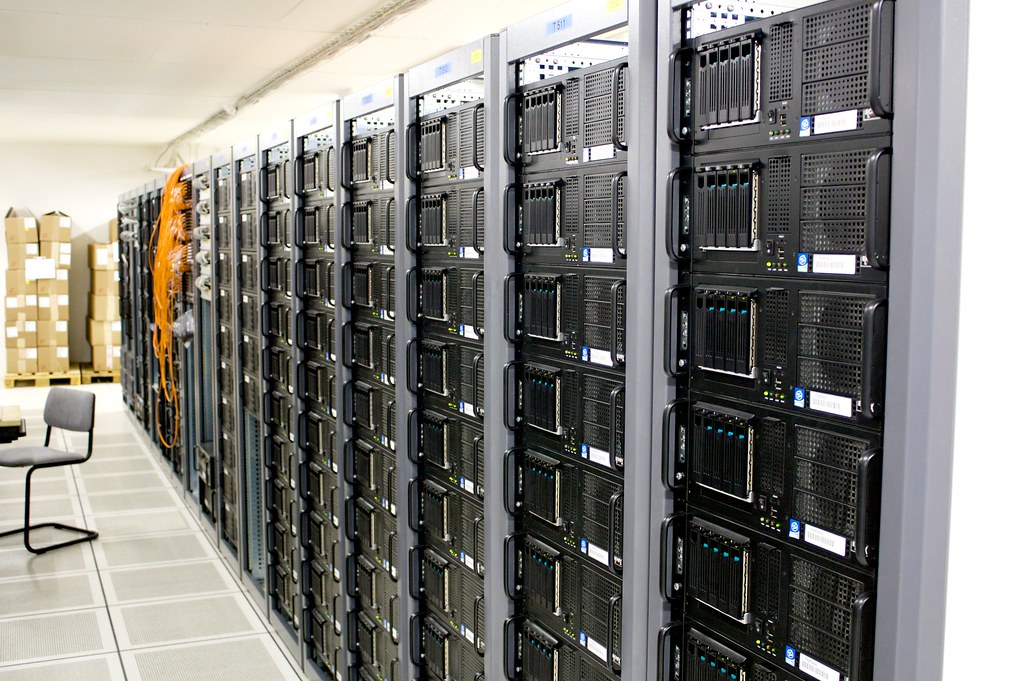Data security breaches are at an all-time high. More than 6 million records are reported lost or stolen every day worldwide, and this may be a conservative estimate. We need greater data protections than ever before.
Intelligent architecture design can help data security experts defend server rooms and IT departments from data loss and intrusions. Architectural firms like HMC Architects are using state of the art design tools and partnering with specialty consultants, vendors, and owners to improve security at every level and shield sensitive information.
What is Intelligent Architecture Design?
Intelligent architecture design is any design decision that’s generated by computer algorithms. Technologies like building information modeling (BIM), artificial intelligence (AI), machine learning, and virtual reality (VR) help architects find the best and most secure design solutions.
For instance, using intelligent architecture design, architects can create user-friendly work stations, efficient parking lots, or university residence halls with the best possible views.
Another area in which intelligent architecture is particularly beneficial is in data security and housing. Architects use technology to identify potential security vulnerabilities in the building and work closely with security experts to eliminate these problems.
How Intelligent Architecture Design Protects Sensitive Data
Intelligent architecture design plays a small, but vital, role in data security and housing. Most breaches and data loss are the result of software weak points, poor password protection, and other computer-based vulnerabilities. However, the architectural design of the building itself can also lead to potential data breaches and other problems.
There are three main types of data security vulnerabilities that architects must solve using intelligent architecture design:
- Unsecured Data Storage Rooms: If the storage room is left unsecured, anyone could walk in and gain access to private information.
- Data Loss Due to Poor Environmental Conditions: Excess heat, water leaks, power loss, and electronic interference can damage equipment in data housing centers and server rooms.
- Collapse of Essential Emergency Services: Hospitals and fire stations rely on electronic communications to respond to emergencies. Sudden power or network outages can prevent them from taking action. Architects must use emergency generators and physical data backup systems to prevent data loss during emergencies.
By making these three aspects more secure, architects can help prevent breaches and data loss.
 The Best Architecture Design for Data Security and Housing
The Best Architecture Design for Data Security and Housing
IT departments and technology consultants usually handle most aspects of data security–this is often the first line of defense against data loss and theft. However, architects can support these efforts by bolstering the security of computer and data rooms as well as providing the best possible environmental conditions for data storage.
A few intelligent architecture design solutions that architects use to make data rooms more secure include:
- Place IT departments and data warehouses in secure locations. Ideally, visitors will never see these warehouses or departments because they are placed far away from entrances. These rooms are usually located at the heart of the building while public access zones are located along the perimeter.
- Limit access to data storage rooms and servers. If a visitor or intruder manages to find the IT department, data warehouse or server room, good architectural design can limit their access to the space. Electronic card readers and retina scanners prevent them from getting through the door. Architects can also place these scanners at the entrance of staircases or elevators to limit access to the entire floor.
- Transition to cloud storage. Architects work with data storage experts to find ways to limit the amount of data stored onsite. This prevents potential physical security breaches. IT departments and data storage rooms are getting much smaller as more enterprises switch to cloud computing, making it much easier for architects to keep these rooms secure.
Additionally, architects use the following intelligent architecture design solutions to prevent unexpected data loss:
- Creating the best environment for electronic equipment. Architects place IT departments, server rooms, and data storage centers in cool, dark areas of the building that are angled away from direct sunlight. This keeps the hardware cool and prevents data loss due to heat damage. They also work with data management consultants to improve the air conditioning, fire suppression systems, and waterproof seals in data warehouses and server rooms.
- Avoiding sources of interference. Intelligent architecture design tools can help architects estimate the effects of interference from nearby radio transmitters, power plants or lift rooms. BIM software may enable architects to calculate how far away the server rooms and IT departments need to be from these sources to prevent data loss.
- Emergency power structures. Emergency response offices, such as fire departments and 911 dispatcher call centers, need access to their data at all times. Emergency power systems, hardware cooling equipment, and water-intrusion measures are built directly into the building as a failsafe.
- Building redundancies into the design. Emergency service departments, like fire stations and police stations, need to have a backup infrastructure in place in case they lose data, internet connectivity, or electronic equipment.
Experienced architects usually don’t do this work alone. They collaborate with data security experts and consultants to close physical security loopholes and ensure that authorized personnel has access to all of the vital data they need.
 Improve Your Data Security and Housing Methods Today
Improve Your Data Security and Housing Methods Today
The world is becoming more data-driven than ever before. Hospital administrators collect and store important data in order to offer the best possible care to patients. Firefighters and police officers use detailed location data to respond to emergencies immediately. Even schools and universities use large amounts of data to offer students better educational opportunities.
Architects are also working behind the scenes to protect sensitive data. Intelligent architecture design and thoughtful data housing not only prevent data loss but can also reduce operational costs. There’s less risk of downtime or equipment failure, so you won’t waste money on repairs or lost revenue. You’ll also garner more trust from your customers and staff because they’ll know that their data is in good hands.
By working with an experienced architectural firm that prioritizes data security and efficient data housing, you’ll take full advantage of the latest technological advances and future-proof your building.
If you’re ready to improve data security in your building, contact HMC Architects today. We work closely with knowledgeable data security experts to find the most effective ways to protect server rooms, IT departments and data housing centers. All of our design solutions are customized to fit the exact needs of our clients. We’ll create security features that are tailor-made for your building and your occupants’ needs.


